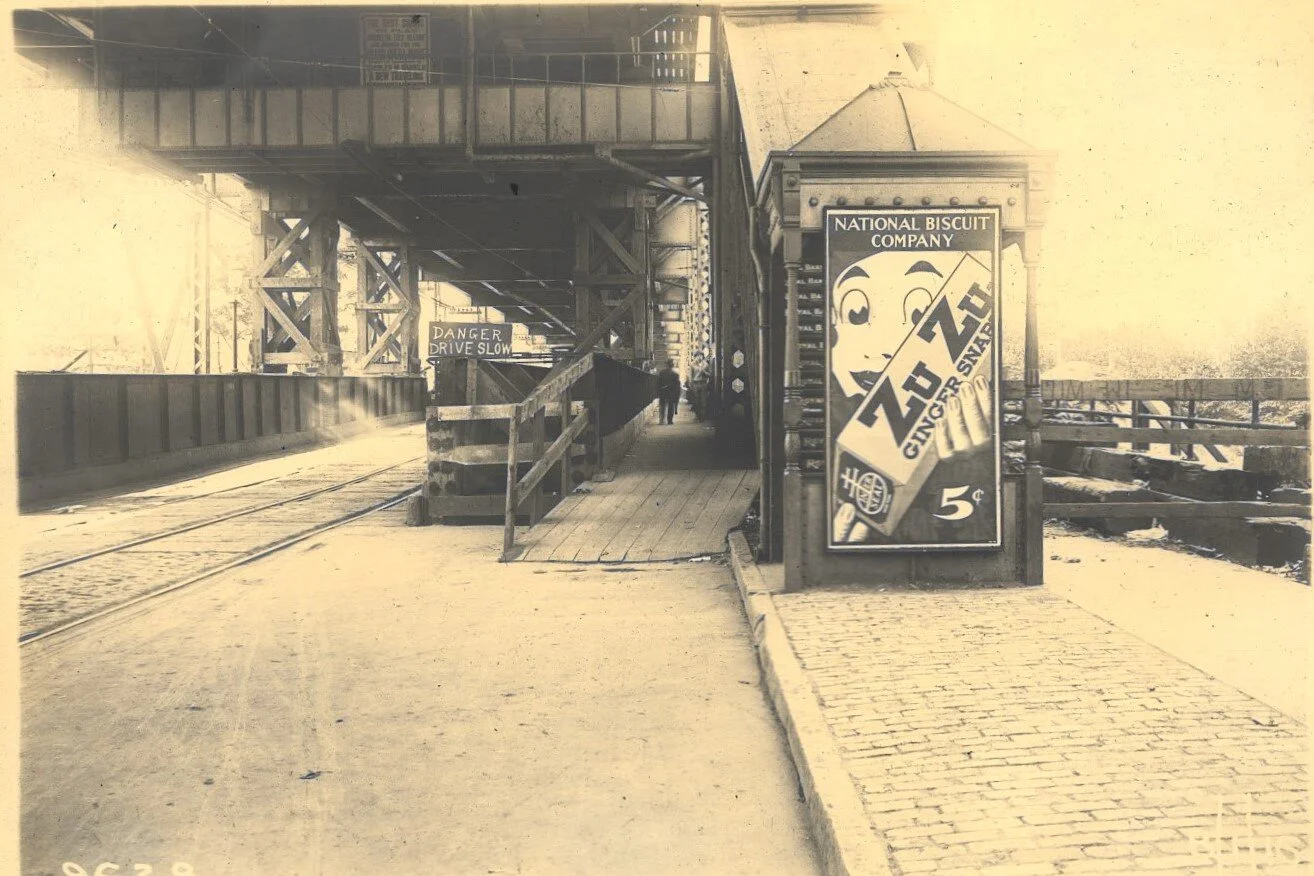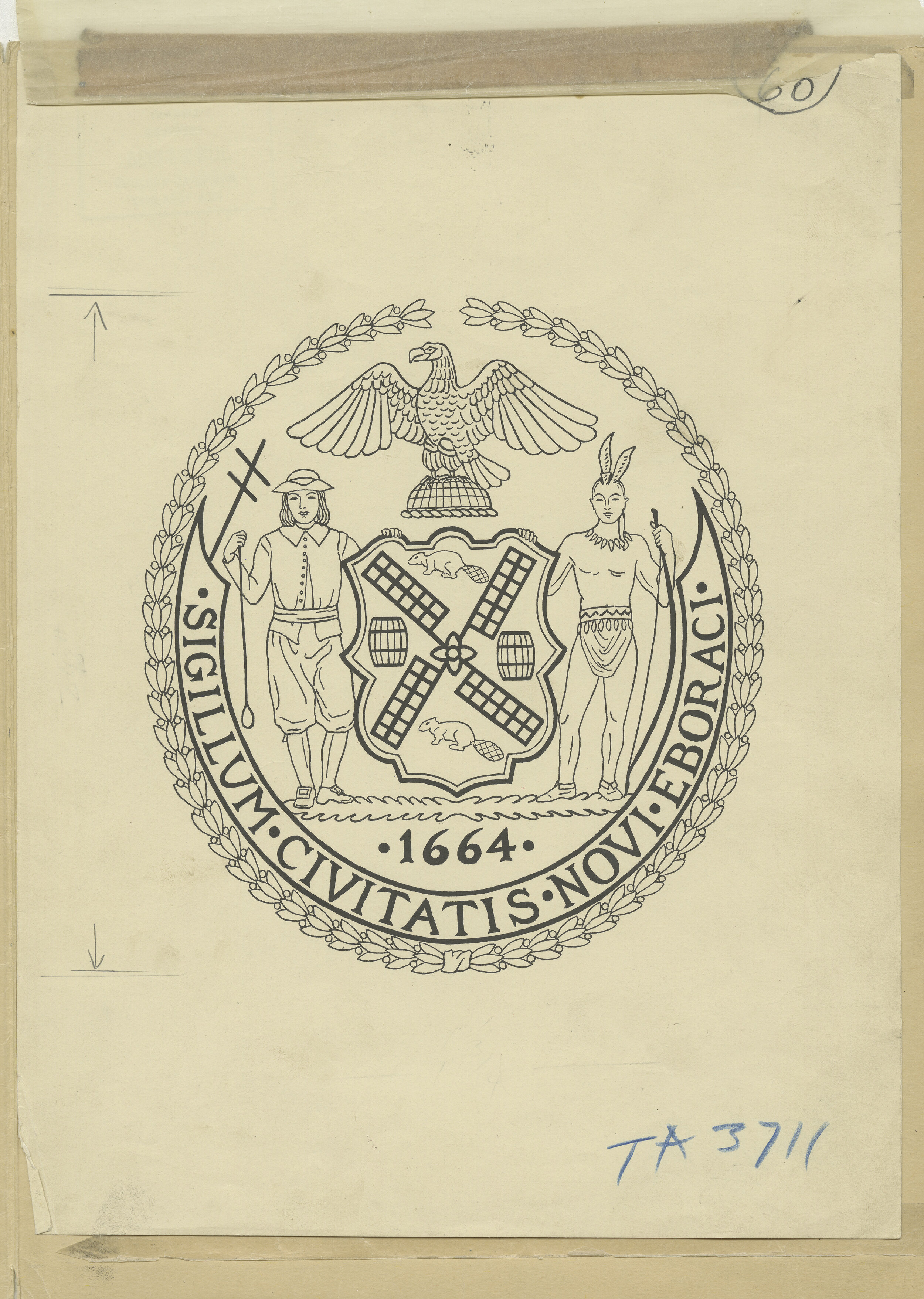For two weeks at the end of every summer, tennis fans around the world look to the Arthur Ashe Stadium in the Billie Jean King National Tennis Center in Flushing Meadow Park, Queens, for the annual US Open Tennis Tournament. And unlike most major sporting events that have been postponed, cancelled or drastically altered this year, the U.S. Open Tennis Tournament, will take place, just as it always does, with one big exception—there will be no fans in attendance at the stadium. In a normal year, up to 50,000 spectators pack the arena each day of the tournament and generate an estimated $750 million in economic activity.
Often chided in the press for his devotion to the game, it is Mayor David N. Dinkins we must thank for a hard-fought and farsighted deal he negotiated with the United States Tennis Association in 1993 that ensured the prestigious US Open Tennis Tournament would stay in New York City for at least twenty-five and potentially ninety-nine years.
Mayor Dinkins with tennis champion Jennifer Capriati and Parks Commissioner Betsy Gotbaum in Central Park, August 21, 1990. Photographer: Joan Vitale Strong. Mayor David N. Dinkins Photograph Collection. NYC Municipal Archives.
Tennis has a long history in New York City. An English import, tennis courts first appeared in Staten Island 1874. By the early 1890s, tennis enthusiasts had 125 courts to choose from in Manhattan’s Central Park. The West Side Tennis Club which began in 1892 on Central Park West, migrated to 238th Street and Broadway in 1898, to 117th Street and Morningside Drive in 1902, and to Forest Hills, Queens in 1914. The West Side club in Forest Hills was the site of the United States Open tennis championships from 1915 to 1920 and again from 1924 to 1977.
U.S. Open Tennis Tournament, men’s singles championship game, Forest Hills Stadium, Queens, N.Y., September 1937. WPA Federal Writers’ Project Photograph Collection. NYC Municipal Archives.
By the 1970s, the USTA had tired of the lack of space and amenities at the exclusive Forest Hills club. In 1977 they moved a short distance in Queens to Flushing Meadow Park and agreed to reconfigure a 1964 World’s Fair-era arena that had been re-named for jazz legend and Queens resident Louis Armstrong in the early 1970s. Although the USTA continued to host the U.S. Open over the next decade there were rumblings of possibly moving the prestigious event out of New York City.
Soon after his inauguration as Mayor on January 1, 1990, Dinkins, a long-time tennis fan, along with Parks Department officials and the City’s Economic Development Corporation began negotiations with the USTA for a new deal. Formally announced in February 1991, it called for the USTA to build a new 23,500-seat stadium, renovate the existing Louis Armstrong Stadium, and create 38 new outdoor tennis courts. In return, the city would allow the association to enlarge its footprint in Flushing Meadow Park by an additional 21.6 acres to a total of 46.5 acres. The USTA would also create an $8 million endowment fund to finance improvements to the park.
Tennis champions Arthur Ashe (left) and John McEnroe (right) join Mayor Dinkins to announce an agreement between the city and the United States Tennis Association that will keep the U.S. Open Tennis Tournament at the Flushing Meadows-Corona Park in Queens, April 22, 1992. Photographer: Joan Vitale Strong. Mayor David N. Dinkins Photograph Collection. NYC Municipal Archives.
Not surprisingly, the proposal met with opposition; the taking of city park land for a private enterprise seemed the most significant of the complaints. But Dinkins persevered, and after another year of negotiations, he announced an agreement that would guarantee the U.S. Open tournament would remain in New York for at least for at least twenty-five and potentially ninety-nine years. Plus, the city would receive $400,000 a month in rent and a percentage of the center’s gross revenue. The USTA upped their investment to $172 million for the new 23,500-seat stadium adjacent to the existing arena. Construction would be financed by bonds issued through the Industrial Development Agency.
By all accounts it was a complex agreement, but as Carl Weisbrod, president of the city’s Economic Development Corporation observed to the New York Post: “To me, this an extremely good deal for New York City.” It would be another year before Dinkins and his administration received the needed approvals from the City Council, the State Legislature, and local Community Boards in Queens so the deal could be finalized.
Mayor Dinkins and Billie Jean King at the TeamTennis clinic in Central Park, New York, August 20, 1992. Photographer: Edward Reed. Mayor David N. Dinkins Photograph Collection. NYC Municipal Archives.
Finally, on December 22, 1993, within days of his departure from City Hall, Mayor Dinkins inked his signature on the agreement. By then, Mayor-elect Rudolph Giuliani had voiced disapproval and urged the Mayor not to sign the long-term pact. But Dinkins went ahead anyway, remarking at the signing ceremony, “There are those who would say I should wait for him [Giuliani] to sign a 99-year lease.” Why? So he can sign a 98-year lease?”
The new stadium, named for the late Arthur Ashe, the first African-American U.S. Open champion, opened on August 25, 1997. Dozens of past U.S. Open champions, including Pete Sampras, Monica Seles, Chris Evert, Rod Laver and John McEnroe were serenaded by Whitney Houston at the gala dedication ceremony. Every local politician attended: all but one—Mayor Giuliani. Still piqued by Dinkins’ refusal to defer to his demand not to sign the agreement, Giuliani refused the USTA’s invitation to speak at the dedication. “I’m not going,” the Mayor said, explaining that it was the only way he could protest the 1993 lease singed by Mayor Dinkins over his protests just before the change of administrations.
Once again, the Municipal Library’s vertical files help tell this story of what proved to be significant victory for Mayor Dinkins during a troubled administration. As Dinkins biographer Chris McNickle wrote in The Power of the Mayor: “The agreement Dinkins struck at the very end of his term with the United States Tennis Association to keep the U.S. Open in New York has served the city and tennis fans everywhere to this day, bringing prestige, national television coverage, and tourist dollars to the city every fall.”
Thank you, Mayor Dinkins.


































